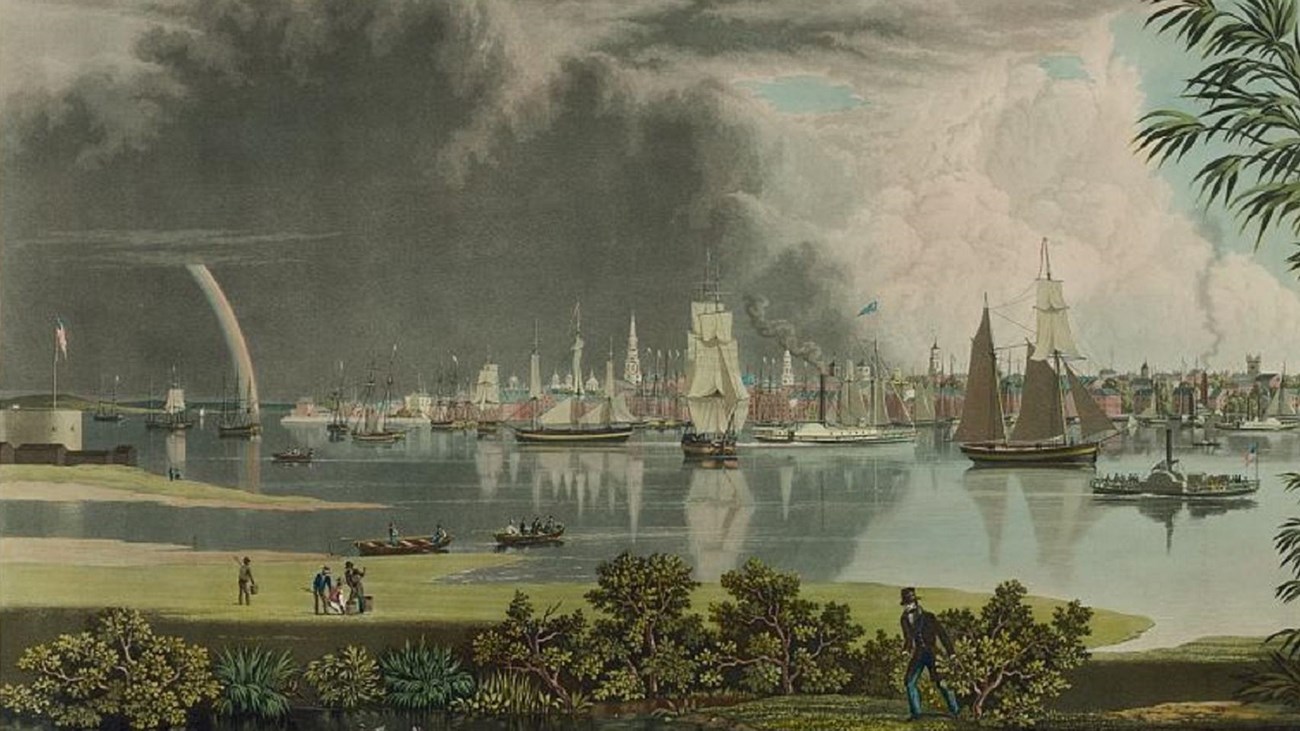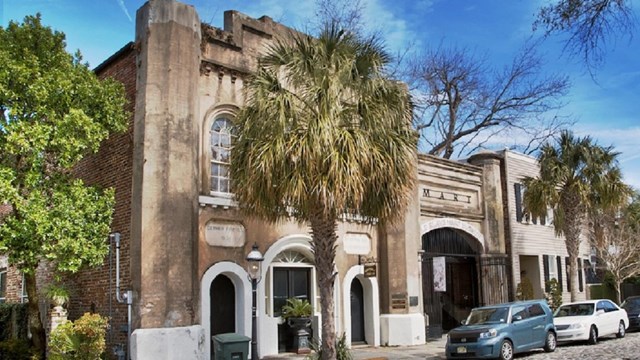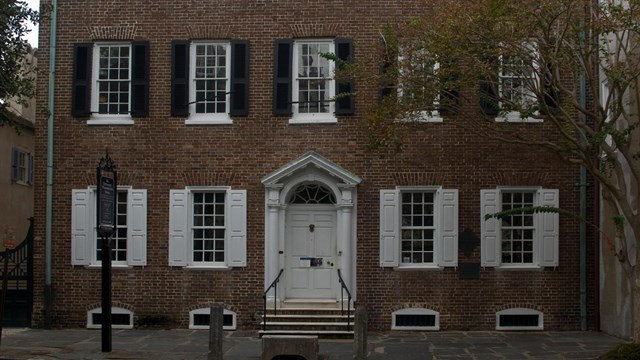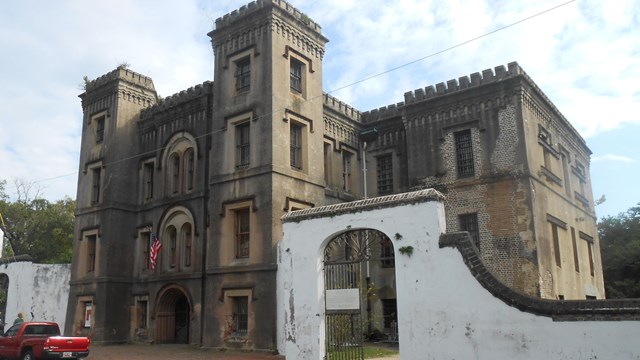Travel Charleston, South Carolina
The National Park Service invites you to travel Charleston, South Carolina to discover places and stories of resilience and freedom. The historic city is located on a narrow peninsula where the Ashley and Cooper Rivers meet and flow into the Atlantic Ocean. British colonists first arrived west of this territory, but the friendly Kiawah tribe invited the strangers to settle along the fertile stretch of land between the two rivers - where the city sits today. Named for King Charles of England, Charleston quickly became a prominent port city after its establishment in 1670.
Over the past several centuries, Charleston witnessed some of the most pivotal moments in our country’s history, including the first shots exchanged in the Civil War up through the modern Civil Rights Movement. Today, Charleston continues to serve as a witness to some of the best and worst moments in our country’s history.
In 2015, a white supremacist shot and killed nine community members in the Emanuel AME Church. In the years since, communities in the city have banded together in solidarity against hate and violence. While its history is complex and unfinished, Charleston’s historic structures are a testament to its diverse and resilient residents now and in the past.
Interested in discovering the diversity of Charleston? Learn about the Gullah and Geechee cultures by exploring the Gullah Geechee Cultural Heritage Corridor, which extends from Wilmington, North Carolina to Jacksonville, Florida.
Explore more Discover our Shared Heritage Travel Itineraries and learn about our diverse heritage by visiting Telling All Americans' Stories.






